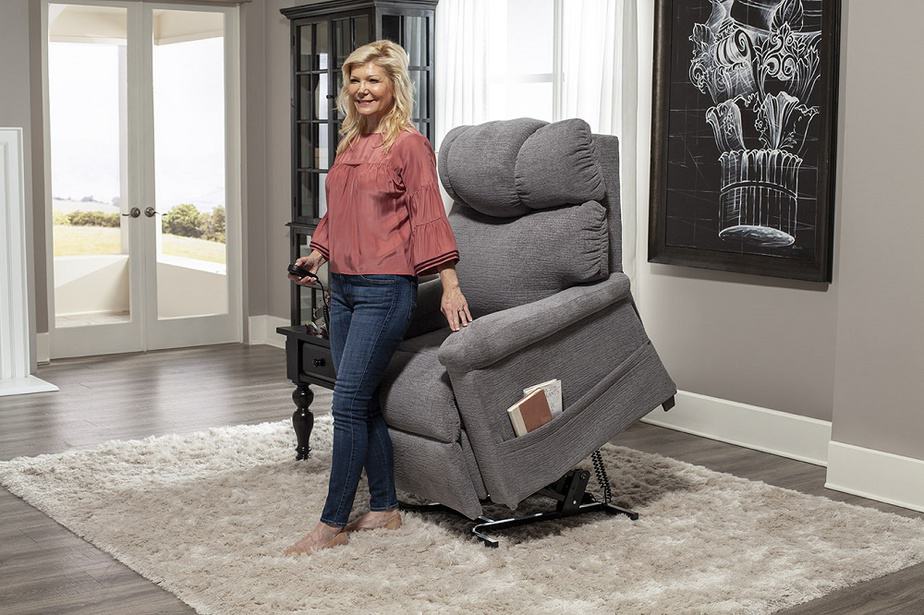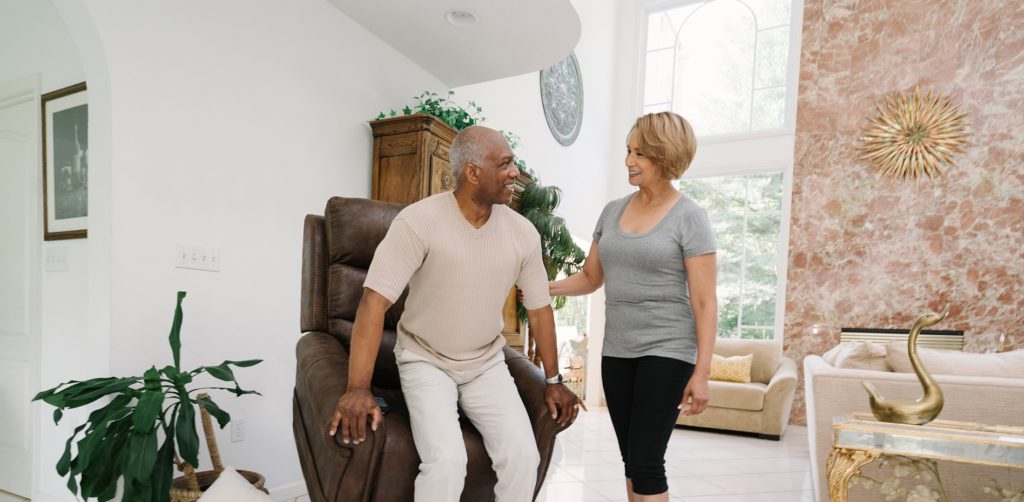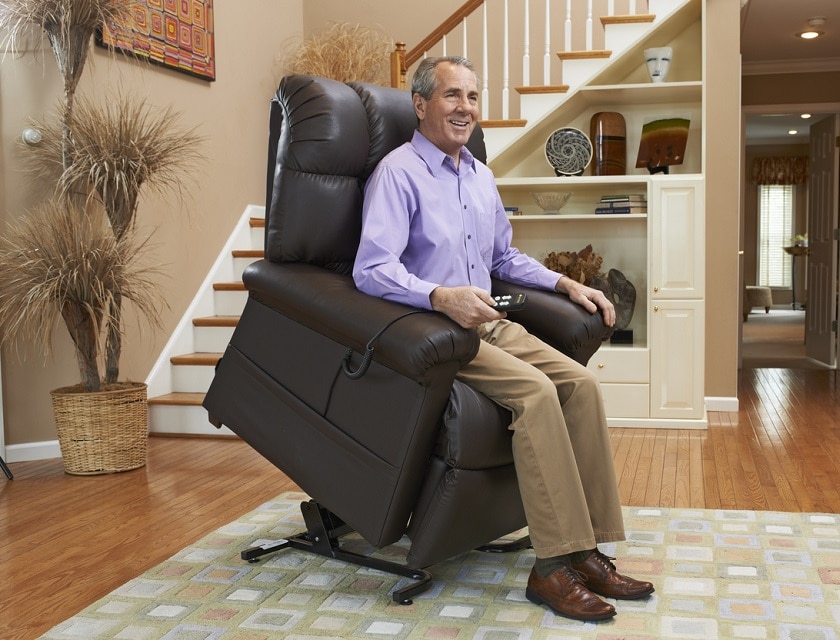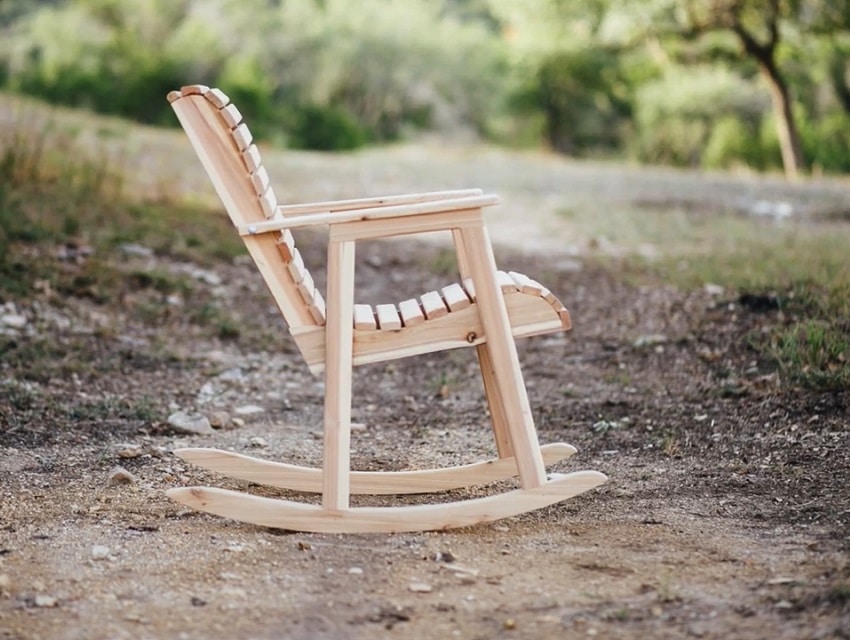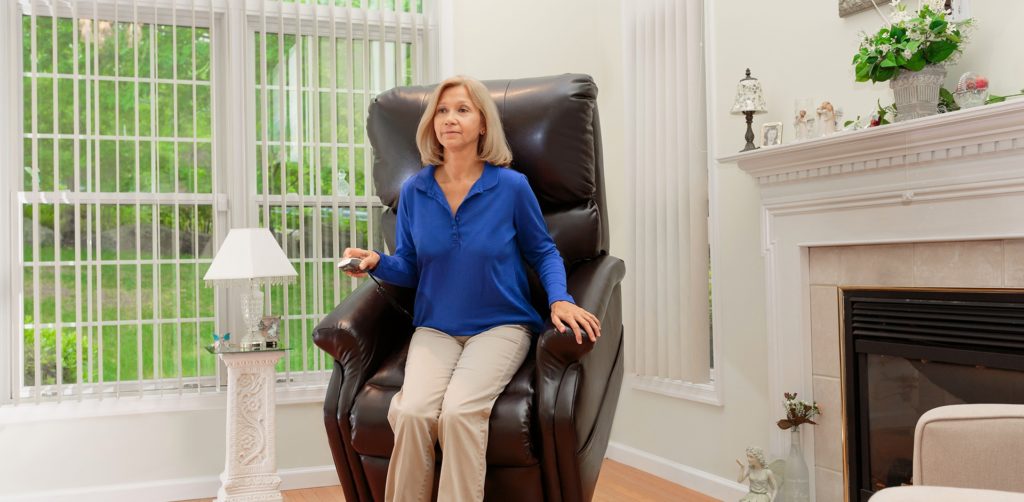



The Medicare system is a holistic medical plan which covers many healthcare services. Therefore, those in need of one or more medical services may ask, will Medicare pay for lift chairs? The answer is YES, and Medicare will cover a part of the cost of acquiring a lift chair, provided all conditions are met.
Lift chairs are often prescribed or advised as a treatment mechanism for some patients. People with mobility issues tend to experience less pain while using these chairs. People who have used them agree that they are helpful. However, the price of these special chairs is often high and needs to be subsidized or covered by health plans.
Lift chairs are categorized and registered as Durable Medical Equipment (DME) under Medicare. However, there are some conditions the patient must meet to get Medicare’s lift chair coverage.
This article will explain Medicare’s policies and conditions for the coverage of lift chairs. The modalities would be broken down into understandable pieces using the facts and rules involved.
What does the Medicare plan have to say about Lift Chairs? Lift chairs are categorized as Durable Medical Equipment (DME) in Part B of Medicare’s policies. To summarize Medicare’s Lift Chairs policies:
Medicare has taken these measures to ensure those who need the coverage get the needed support.
Medical necessity means the chair is necessary to treat or manage a patient’s medical condition. Now, strict conditions protect Medicare’s Lift Chair coverage. Therefore, it is important to know if and when a lift chair becomes a medical necessity.
A doctor’s prescription is the most important reason a lift chair will be classified as a medical necessity.

As mentioned earlier, once approved, Medicare will take 80% of the cost. In many cases, the patient purchases the lift chair and submits the cost of acquiring it to his/her provider. The provider, in turn, submits it to Medicare for proper documentation. Medicare then reimburses the patient to the tune of about $250-$300. The remaining cost will be handled by the patient.
Choosing the best lift chair dealer is an important step to finding the right treatment procedure. Therefore, you need to find a dealer whose products incorporate all you need in a lift chair.
Preferences to look out for in a lift chair include:
Lift chair users have different tastes, and it could be challenging to make a choice, especially when you’re choosing for someone else. For instance, one of your parents might need to choose one of the best lift recliners for the elderly or the best power lift recliner. The factors mentioned above will guide you in helping them make the right choice.
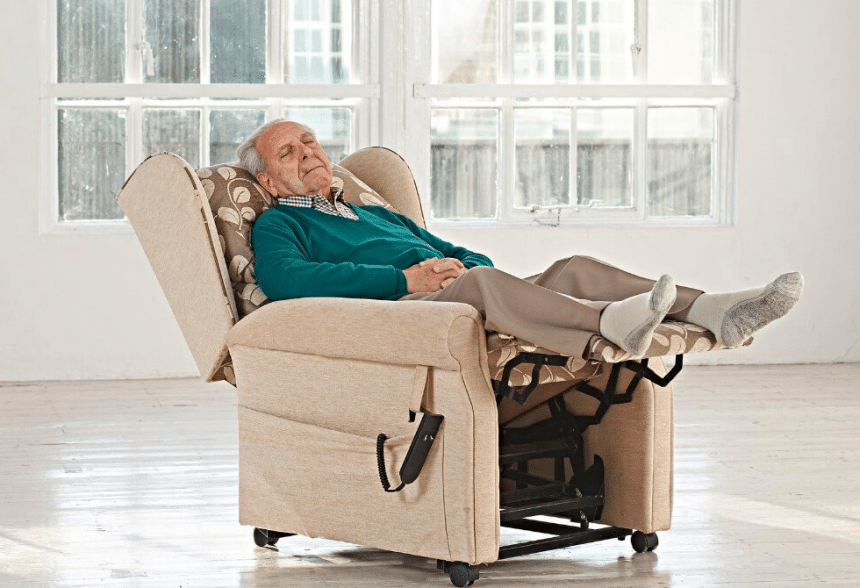 Types of Lift Chairs
Types of Lift ChairsLift chairs are categorized according to their tilting positions. They are powered by lift mechanisms, which determine the tilting capabilities of the chairs. There are three main types of Lift Chairs – Two-position lift chairs, Three-position lift chairs, and Infinite Position lifts chairs.
Two-position lift chairs: These chairs have two reclining positions. It has a 45-degree tilt for leaning backward, which also raises your legs at 45 degrees to the floor. This chair also allows the usual 90 degrees straight chair positioning. The leg raises and backrest are attached together, thereby elevating the leg raises when the chair leans backward. They are quite comfortable, suitable for watching TV, easy to control, and less expensive.
Three-position lift chairs: They can be flattened, almost parallel to the floor. It can also move 45 degrees towards the right and left sides. Moreover, it can be tilted at an upright angle to help the patient stand upright. Its positioning capabilities can allow the patients to take a nap and read books. Interestingly, all parts of this chair are movable.
Infinite position lift chairs: Just like the name implies, this chair allows for infinite tilting and reclining. Many have agreed that it is super-comfortable. You can lay flat, stand upright and be in any position you desire. However, they are often costlier than other types of lift chairs.
It has been established that Medicare will cover 80% cost of the lift mechanisms of the lift recliner. However, if Medicare has covered for other motorized devices, like a wheelchair, for the same patient, request for a lift chair will be denied.
The Medicare system helps to cover the cost of treatment of patients. If you or someone you know is facing mobility problems, motorized support may be needed. Lift chairs have been found to be useful in managing problems like arthritis, skeletal mobility challenges, and so on. They are comfortable and easy to operate.
If the patient resides in a nursing home or currently receiving government support in a hospital, Medicare won’t cover the lift chair cost. Moreover, parts of the lift chair, such as the seat cover and backrest, are not covered because the best Medicare can do is to cover the lift mechanism.
